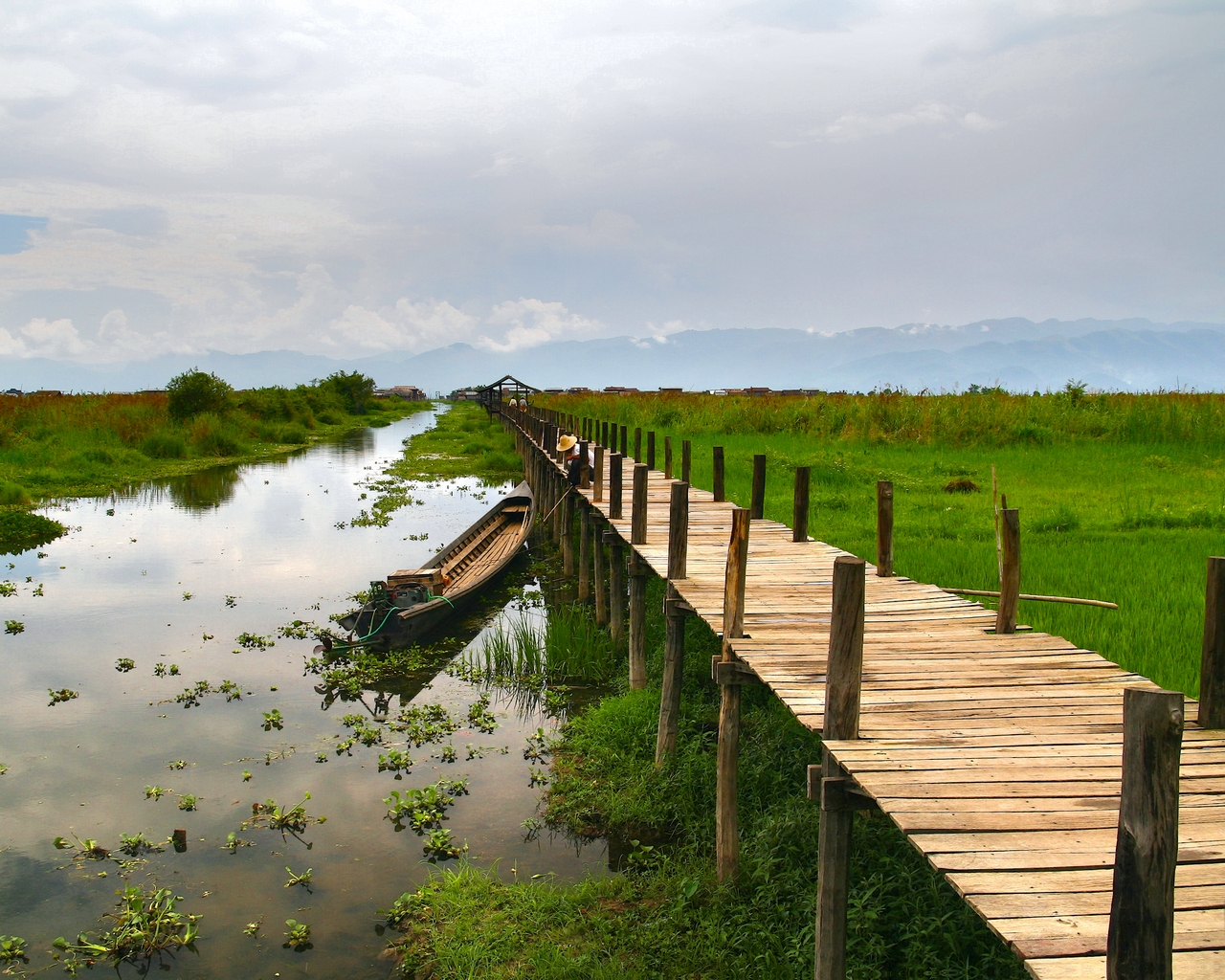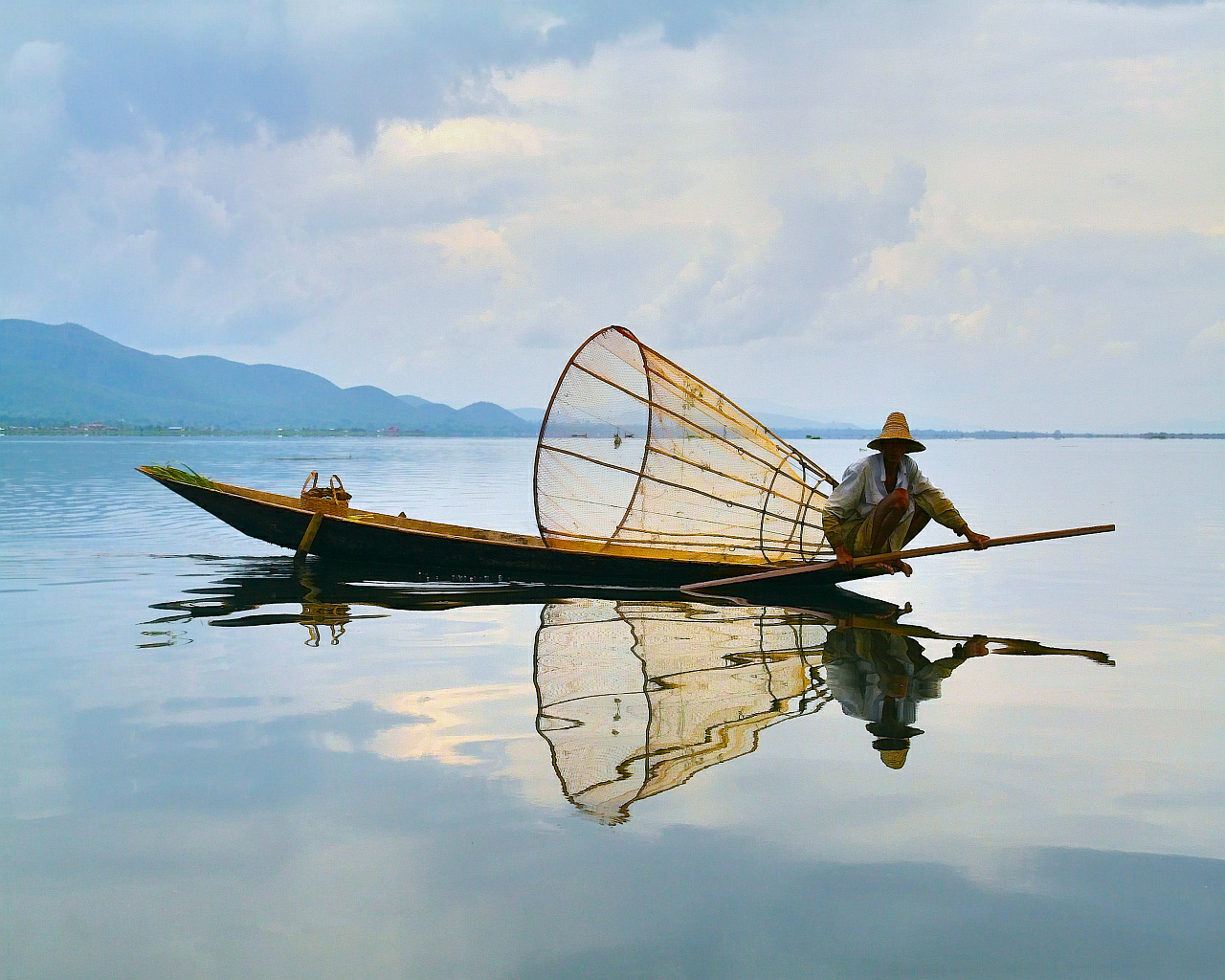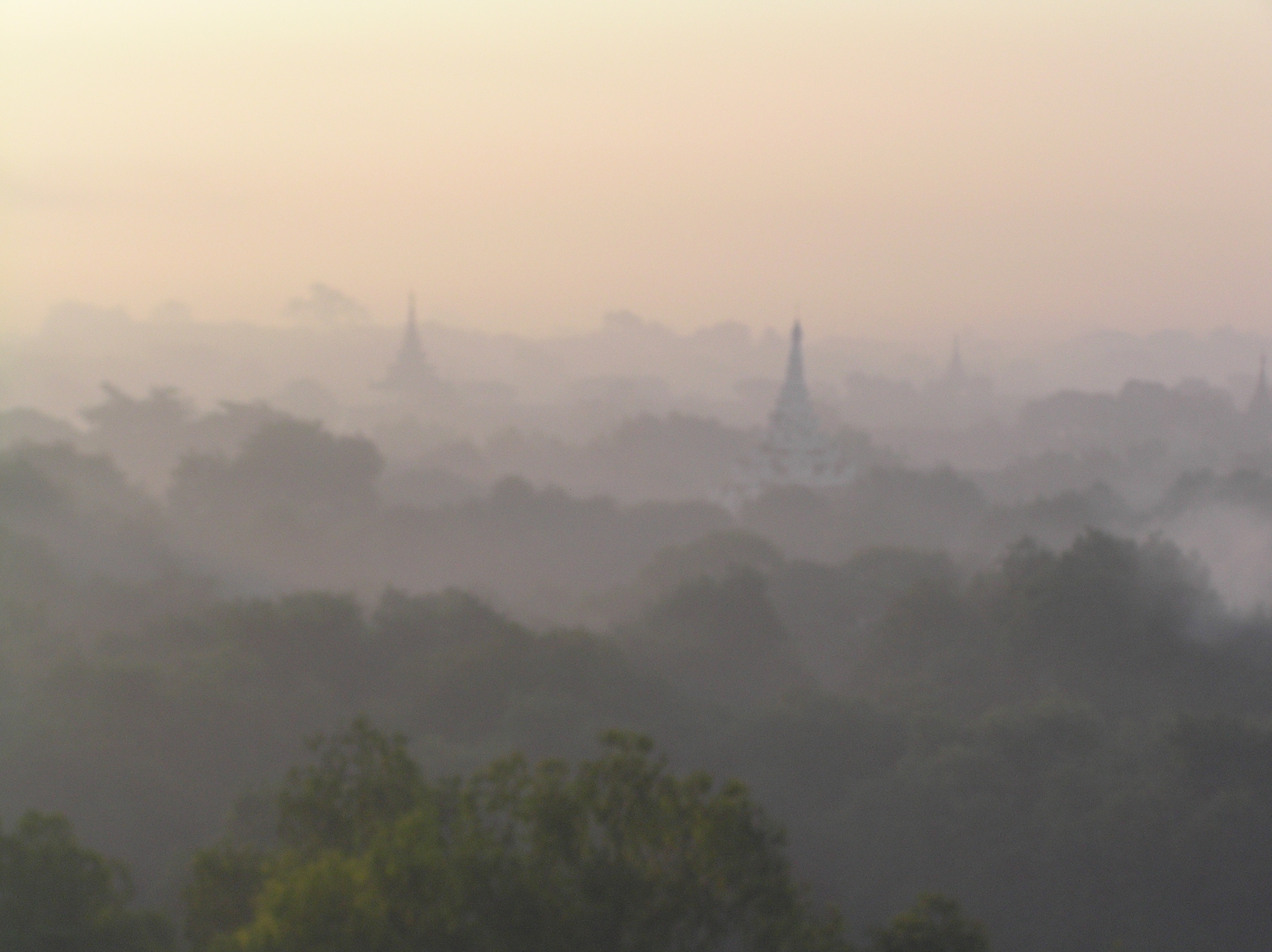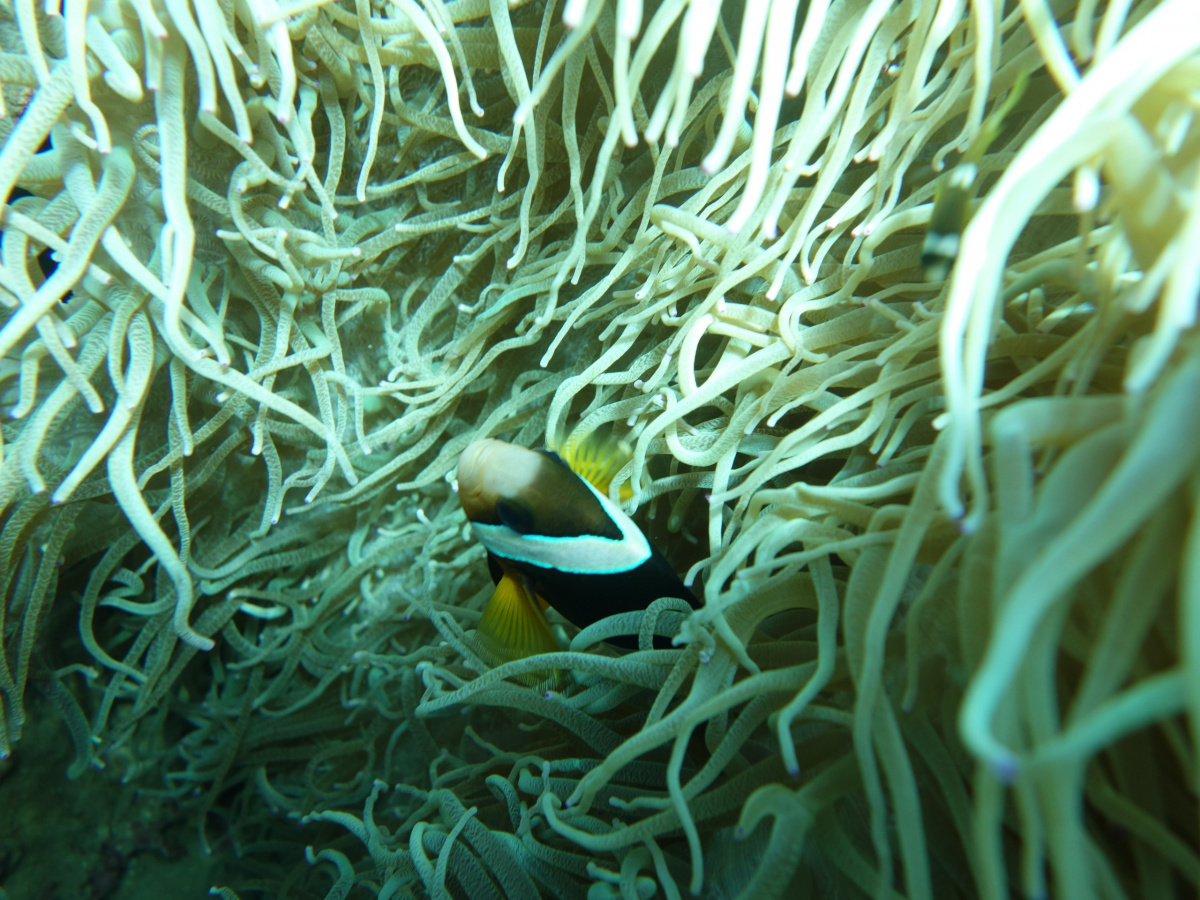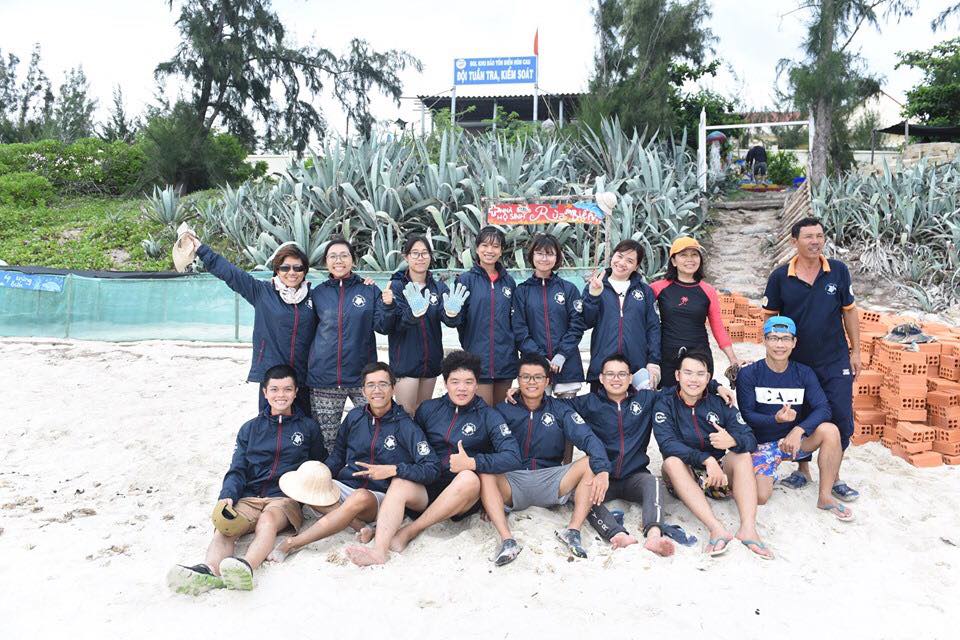Myanmar seeks global standards to conserve its natural heritage
Myanmar is renewing efforts to implement the World Heritage Convention. As the country opens up to international conservation processes, IUCN is providing expertise to help identify potential natural heritage sites.
Myanmar is unlike any other country in Southeast Asia. Having lingered for years in diplomatic isolation, it seems to have gone on untouched by global trends while some of its biggest neighbours – mostly China and India – have geared up into the full speed of Third-Millennium economics.
After sustaining a military dictatorship for nearly 50 years and undergoing economic sanctions for over 10 years, Myanmar is now emerging out of its shell. A reform process initiated after a 2010 general election has since eased up international relations.
Myanmar is now proactively seeking support to implement the World Heritage Convention, which it had not engaged in since drawing up a tentative list in 1996. Tentative lists are the first step into the World Heritage process after ratifying the Convention and consist of any number of sites that a country can consider as potential candidates for future nominations.
Today, UNESCO is providing technical assistance to address conservation and restoration priorities at sites identified nearly 20 years ago, and get back on track of the nomination process. Myanmar’s tentative list contains eight sites – all cultural, none natural. Yet the country boasts some of the most intact habitats in the Southeast Asian region.
Nearly 50% of its land is covered by forests, a third of its perimeter is coastal land bordering the Bay of Bengal and Andaman Sea, and 45 protected areas are established within Myanmar. Such natural wealth may well contain areas that are critically important for conservation, or even present qualities that could potentially be considered for World Heritage status.
Thus, at the country’s request, IUCN is currently lending its expertise to undertake an inventory of natural areas with World Heritage potential. The first objective of this collaboration is to recommend natural sites that the government of Myanmar may choose to include on its tentative list.
IUCN, led by its office in Viet Nam, has identified an initial list of eight areas with possible “outstanding universal value”. More research will be needed to evaluate if they meet the standards on the ground for World Heritage status. However, two sites appear to stand good chances to progress faster into the process, as their boundaries as protected areas need little adjustment.
One of these is the beautiful and isolate Natma Taung National Park, in eastern Myanmar. Rising up to 3,000 meters, it is an important habitat for species more commonly found in the Himalayan region. Over 800 plant and 230 bird species are recorded here. The presence of the Chin ethnic minority, with its ways of letting soil recover from cultivation, also means it could be considered as a cultural landscape.
Indawgyi Lake Wildlife Sanctuary, the largest freshwater lake in Myanmar providing habitat for 10 threatened bird species, also needs no major change to its current configuration. The sanctuary is essential for the survival of migratory waterbirds, including the critically endangered Baer’s Pochard (Aythya baeri), which winters in the wetlands here, as well as other birds, such as the critically endangered White-rumped Vulture (Gyps bengalensis) and Slender-billed Vulture (Gyps tenuirostris).
Other natural areas identified by IUCN include: the Irrawaddy (Ayeyarwady) River, one of the last major undammed rivers in Asia and key for the conservation of the Irrawaddy Dolphin; the Northern Forest Complex, which includes part of the Eastern Himalayas; Myeik Archipelago, which has a clear potential to be considered as a transboundary site with the Andaman Sea in Thailand; the Rakhine Coast on the eastern side of the Bay of Bengal; and the Tanintharyi, a large corridor of lowland tropical forest bordering Thailand.
IUCN will present its recommendations to the Myanmar government and non-profit organizations next week.
